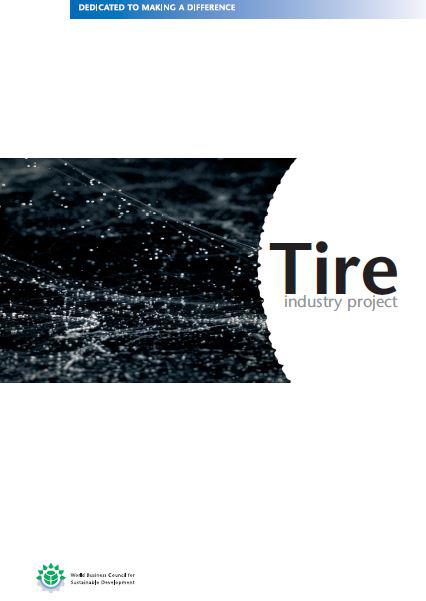
Most individuals do not give much thought to tires. Beyond knowing that they are essential to road and surface mobility and that it may be necessary to change them when they wear out or to accommodate road conditions during different seasons, they tend not to make much of an impact in people's consciousness.
Yet, tires are quite sophisticated. Making a typical tire requires dozens of different components, and uses over a hundred primary materials that must be precisely processed and assembled to achieve the right balance between grip, energy efficiency, handling, comfort, and noise.
Then there are issues of sustainable procurement of the raw materials, including rubber tree plantation development and exploitation, energy use for manufacturing processes, potential by-products of their manufacture and use, and end-of-life disposal. When all aspects of the value chain are considered, tires become far more than simply a component of vehicles.
It was this that motivated the Tire Industry Project (TIP) of the WBCSD to launch a study to identify and address the potential health and environmental impacts of the materials associated with tire making and use.
The project, chaired by the three largest global tire manufacturers, Bridgestone (Japan), Goodyear (USA) and Michelin (France), and including eight of the world's most important tire companies, was launched in January 2006. In its initial stages the Project is addressing two issues:
- The potential health and environmental impacts of the chemicals commonly used in tire making;
- Understanding the transport, fate and possible effects of particles generated during normal tire use and wear.
During 2006, the project carried out scoping work to identify availability and quality of existing literature on these topics, identify knowledge gaps, and develop a plan to fill these gaps over the next few years.
This summary report discusses the lessons learned to date and describes the planned work of the Project over the next two years, including necessary research and measurement studies
2007, 6 pages

